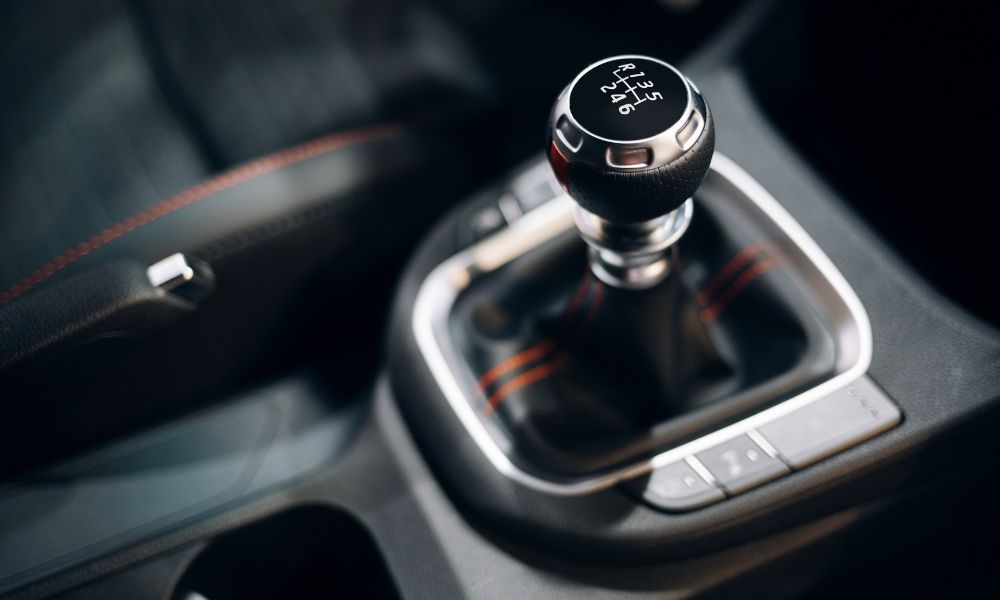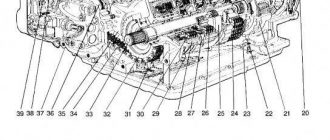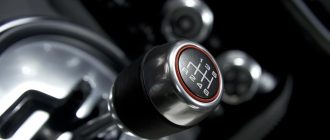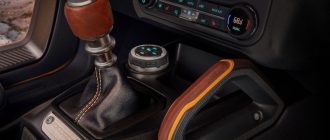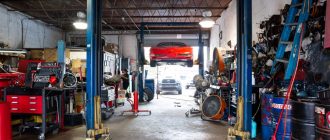Manual Transmission in European Cars: A Guide
Manual transmissions, once the standard in European cars, have become increasingly rare in recent years. However, they still offer a number of advantages over automatic transmissions, including improved fuel economy, better performance, and a more engaging driving experience.
Advantages of Manual Transmissions
There are a number of advantages to driving a car with a manual transmission. These include:
* Improved fuel economy: Manual transmissions allow drivers to shift into the most efficient gear for the current driving conditions. This can lead to significant savings in fuel consumption, especially in city driving.
* Better performance: Manual transmissions give drivers more control over the car’s performance. They can downshift to accelerate more quickly, or upshift to save fuel.
* More engaging driving experience: Manual transmissions require more driver involvement than automatic transmissions. This can make driving more fun and engaging.
Disadvantages of Manual Transmissions
There are also some disadvantages to driving a car with a manual transmission. These include:
* Can be difficult to learn: Learning to drive a manual transmission can be a challenge. It takes practice to coordinate the clutch, gas, and brake pedals.
* Can be tiring in traffic: Driving a manual transmission in heavy traffic can be tiring. The constant need to shift gears can take a toll on the driver’s left leg.
* Not as convenient as automatic transmissions: Automatic transmissions are more convenient than manual transmissions. They don’t require the driver to shift gears, which can be a major advantage in stop-and-go traffic.
How to Drive a Manual Transmission
If you’re interested in learning how to drive a manual transmission, there are a few things you need to know. First, you need to understand the basics of how a manual transmission works.
A manual transmission is a type of gearbox that allows the driver to manually select the gear that the car is in. This is done by moving the gear lever into the desired position. The gear lever is usually located on the center console.
Once you understand the basics of how a manual transmission works, you can start practicing driving a car with one. Here are a few tips:
* Start on a flat surface: When you’re first learning to drive a manual transmission, it’s best to start on a flat surface. This will make it easier to control the car.
* Use the clutch: The clutch is the pedal on the left-hand side of the footwell. When you press the clutch pedal, it disengages the engine from the transmission. This allows you to shift gears without damaging the transmission.
* Shift into first gear: To shift into first gear, move the gear lever to the left and up. Then, slowly release the clutch pedal while applying gas.
* Shift into higher gears: Once you’re in first gear, you can shift into higher gears by moving the gear lever to the right and up. As you shift into higher gears, you’ll need to release the clutch pedal more slowly.
Conclusion
Manual transmissions offer a number of advantages over automatic transmissions, including improved fuel economy, better performance, and a more engaging driving experience. However, they can also be more difficult to learn to drive and can be tiring in traffic. If you’re considering buying a car with a manual transmission, it’s important to weigh the pros and cons carefully before making a decision.
